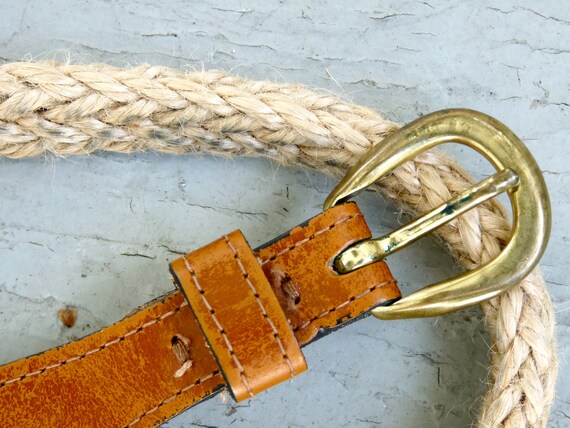

In these cases a Friar would pull the back of the skirt through his legs and tuck it into his cincture. As you can imagine, wearing a habit or cassock can be awkward at times, when running, climbing or riding a horse. I got a “dispensation”.Ībout that Friar Tuck thing. Yeah, I know, I got the rope hanging down the left. The woman is dressed authentically as a Norman Lady. Here’s a picture of the knot in use, so to speak. Also, you may wish to snip the pigtail off and tuck the end neatly inside the knot. You may have to try this a few times before you get the knot shaped and tightened, as you desire. Step 6: Pull on the standing part to tighten the knot. Step 5: Slip the end of the rope through the eye of the bight. Step 4: Make sure you make between 4 and 6 turns (4 for stopper, 6 for heaving I’d think) Step 3: Wind the ends around the bight, from the standing part end towards the tip of the bight. Step 2: Cross the end over the standing part, then under the bight. Step 1: Make a long loop on the bight of the rope. The size can be varied by the number of turns on the standing part of the rope.” “A stopper and heaving knot, similar but more elegant than the common Stevedore knot. I’d like to believe that early on an ordinary sailor took orders and used this knot on his belt and it caught with the others. No doubt the knot itself was well known to many. Best guess from me is that this knot, also known as a heaving knot gave the rope just enough weight to assure the rope hung straight at the side (keeps it out of the way) and helped identify them as Franciscans since other orders may have used rope belts. However the Franciscan Monk's knot traditionally used a stopper has no symbolic significance that I know. Three knots tied in one end that hangs down on the right side are symbols of their vows (poverty, chastity and obedience).

In lieu of a leather belt, Franciscan Monks use a rope belt, called a cincture. Here’s what I found out about the rope belt. The habit was pretty straightforward (see photo below) but I needed to make sure I had the rest of the “bits” correct, including a monk’s haircut (tonsure), cross and rope belt. I did a bit of research to make sure my costume was reasonably authentic. I’d never even heard of it until ….Ī few years ago my daughter informed me that she was planning a Medieval Wedding and asked the wedding party to dress in suitable costume. I don’t’ know why it’s not in more common use. While not nearly as nautical or fancy as a Monkey’s Fist, the Franciscan Monk’s knot (aka heaving knot) is a good “duffer” knot - easy to tie or untie, works well as a stopper or heaving knot and I think has a certain salty look. Paul Haynie’s article “ Messing About with Monkey Fists“ reminded me about another knot I intended to write up for Duckworks. By Bryant Owen - Woodview, Ontario - Canada


 0 kommentar(er)
0 kommentar(er)
